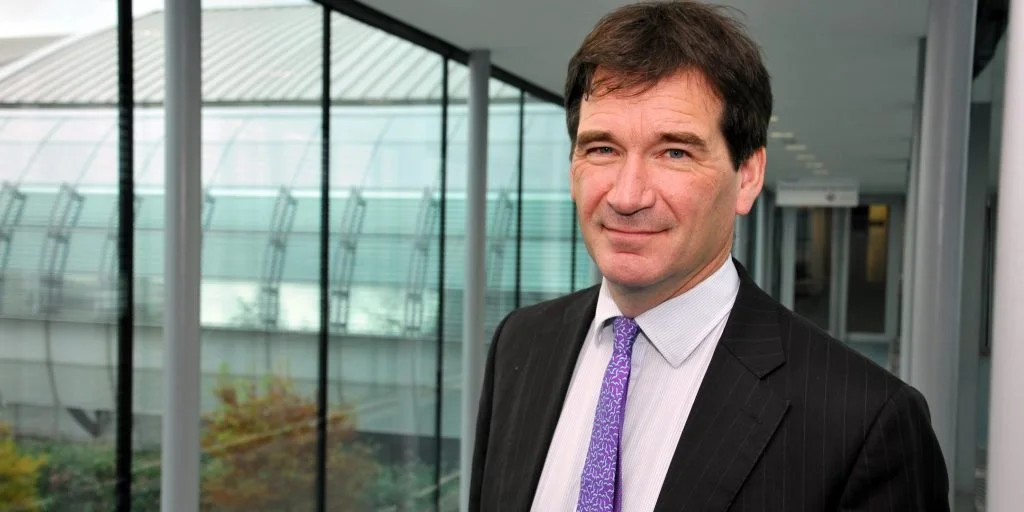Pushing the limits of photon science and technology at the Extreme Light Infrastructure
When: June 20, 15:00–16.00
Where: at LINXS (Scheelvägen 19, Lund), with digital participation possibility via Zoom.
Title: Pushing the limits of photon science and technology at the Extreme Light Infrastructure
Speaker: Prof Andrew Harrison, Director of Science, Extreme Light Infrastructure ELI ERIC
Abstract: The Extreme Light Infrastructure (ELI) is a distributed research infrastructure that aims to provide the most advanced collection of high-power and/or short-pulsed lasers in the world to the wider research community. ELI comprises three centres: ELI Beamlines based outside Prague in the Czech Republic, offering high-intensity, high average power lasers; ELI ALPS in Szeged in Hungary, offering ultra-short pulse, high repetition rate lasers; ELI NP in Magurele, Romania, planned to provide high-intensity lasers in combination with a high-intensity gamma source. These institutes are now becoming operational as user facilities, providing direct probes of matter under extreme conditions, as well as secondary sources of photons, ion beams and neutrons to probe the structure and dynamics of materials at unprecedentedly short timescale, or to be exploited for materials processing and imaging or for therapy.
Spanning two facilities in the Czech Republic and Hungary that are ramping up operations to provide the most advanced collection of high-power and/or short-pulsed lasers in the world.
Bio: Andrew Harrison studied chemistry at Oxford University (BA 1982, Doctorate 1986), held a Royal Society University Research Fellow also at Oxford from 1988 and worked for McMaster University and Atomic Energy of Canada Ltd as a Post Doc before taking up a lectureship in chemistry at the University of Edinburgh in 1993. He was appointed Professor of Solid State Chemistry in 1999, and in 2002 he became founding Director of the Centre for Science at Extreme Conditions in Edinburgh, which was established to explore the properties of materials and life at extremes of pressure or temperature or magnetic fields. In 2006 he was appointed Scientific Director of the Institut Laue Langevin (ILL) in Grenoble , the world’s leading centre for neutron science, going on to become Director General of the ILL in 2011. In 2014 he moved back to the UK to become CEO of Diamond Light Source, the UK’s national synchrotron facility at the Harwell Campus. From November 2022 he will be Science Director of ELI ERIC.
Andrew has chaired EIROForum, the collection of European international infrastructures, including CERN, ESA, ESO and ESRF and is also Chair of ERF AISBL, the organisation of European Research Infrastructures of pan-European interest that are not in EIROForum. He has honorary positions at the universities of Bath, Edinburgh and Manchester, is an honorary Fellow at St. John’s College, Oxford and was awarded an OBE in for services to science during the Covid-19 response.
Contact: Please contact josefin.martell@linxs.lu.se for practical questions
During our events we sometimes take photographs and short film clips to profile our activities. Please let us know if you don’t want to be in any photos/films before we start the event. Some webinars are recorded to be used for educational purposes in the LINXS website.
By registering to our events you give your permission to LINXS, according to the General Data Protection Regulation (GDPR), to register your name and e-mail address to be used for the sole purpose of distributing newsletters and communications on LINXS activities.





















